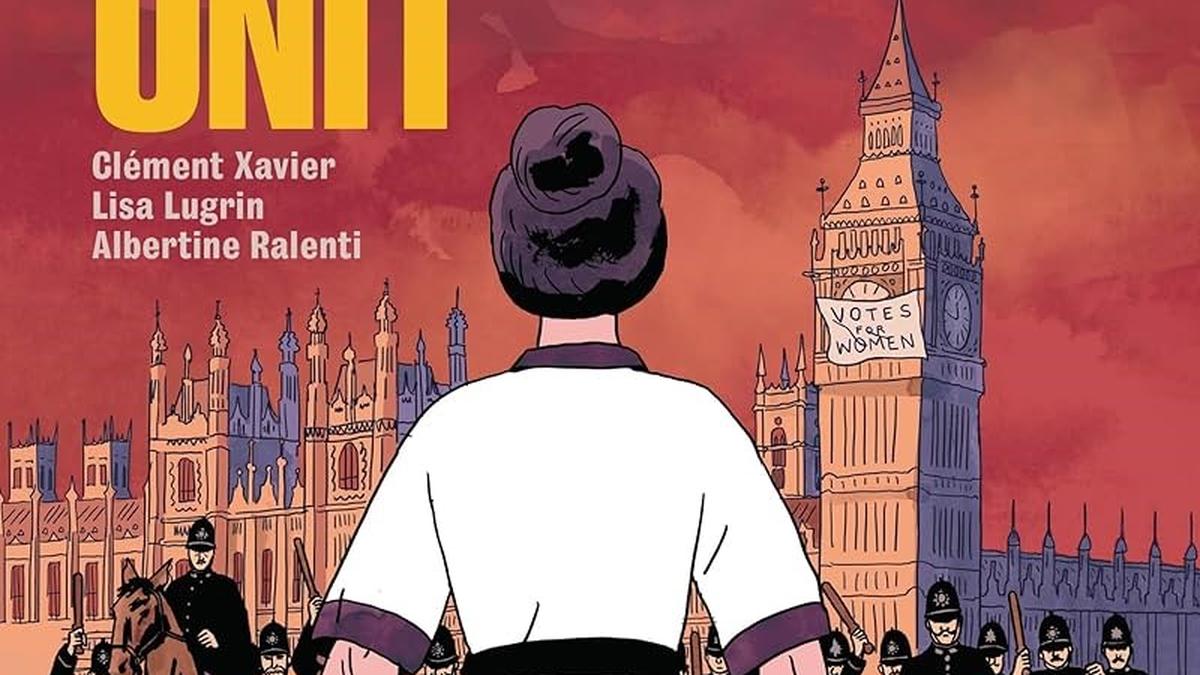
What has martial arts got to do with social movements? Premium
The Hindu
Another common thread connecting all three, however, has been less obvious. During their course, all these movements embraced martial arts as a means of resistance.
The Black Panther movement in the U.S., the Ayyankali Pada in Kerala and the Suffrage movement in Great Britain were all instances of oppressed groups fighting back oppressors and demanding their due rights.
Another common thread connecting all three, however, has been less obvious. During their course, all these movements embraced martial arts as a means of resistance.
Social movements around the world have often had to resort to physical violence in their attempts to push back and defy oppressive forces. In a recent talk at Alternative Law Forum, city-based martial arts practitioner and educator Rohan D’Souza spoke about how some of those movements took to martial arts as a form of resistance.
“Each movement took up very specific forms of martial arts and for clear reasons,” D’Souza said while delving deep into the role of martial arts in each movement.
The Black Panther Party was an African American political organisation formed in 1966 by college students Huey Newton and Bobby Seale to resist police brutality against Black people in the States. The duo, who were unhappy about the way the civil rights movement failed to improve the conditions of the blacks across the country, founded the organisation which was initially called ‘Black Panther Party for Self-Defense.’
“Newton and Seale wanted to do something more substantial, push back, and do more things for the black community. Their community service included free breakfast programmes, education for kids, medical checkups and so on,” D’Souza said.
The movement saw around 5,000 full-time party memberships at one time and enjoyed support from around 90% of African Americans then. In fact, it was described as the ‘number one threat to the internal security of the U.S.’, noted D’Souza drawing parallels to similar monikers and allegations used in the current times.

 Run 3 Space | Play Space Running Game
Run 3 Space | Play Space Running Game Traffic Jam 3D | Online Racing Game
Traffic Jam 3D | Online Racing Game Duck Hunt | Play Old Classic Game
Duck Hunt | Play Old Classic Game











